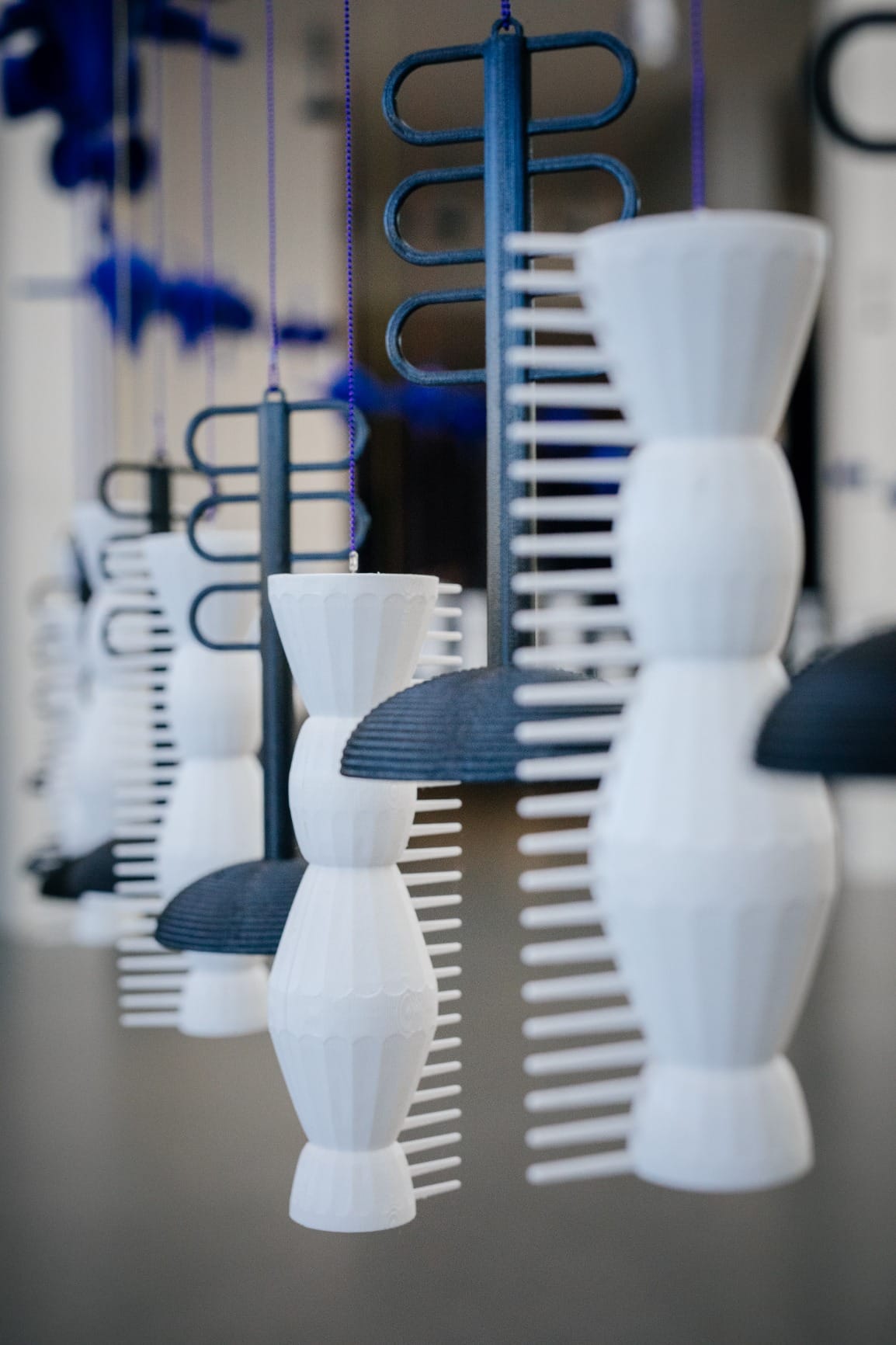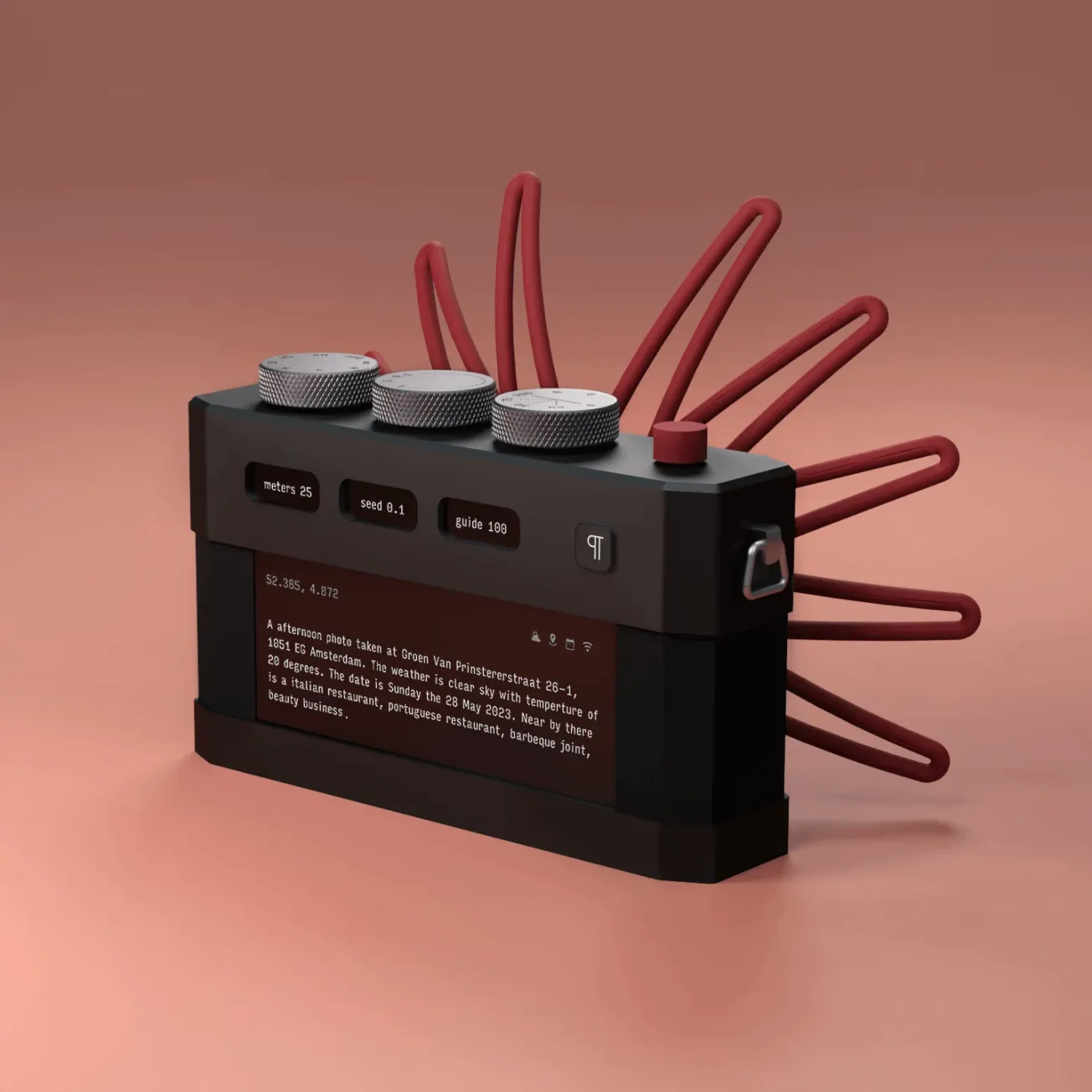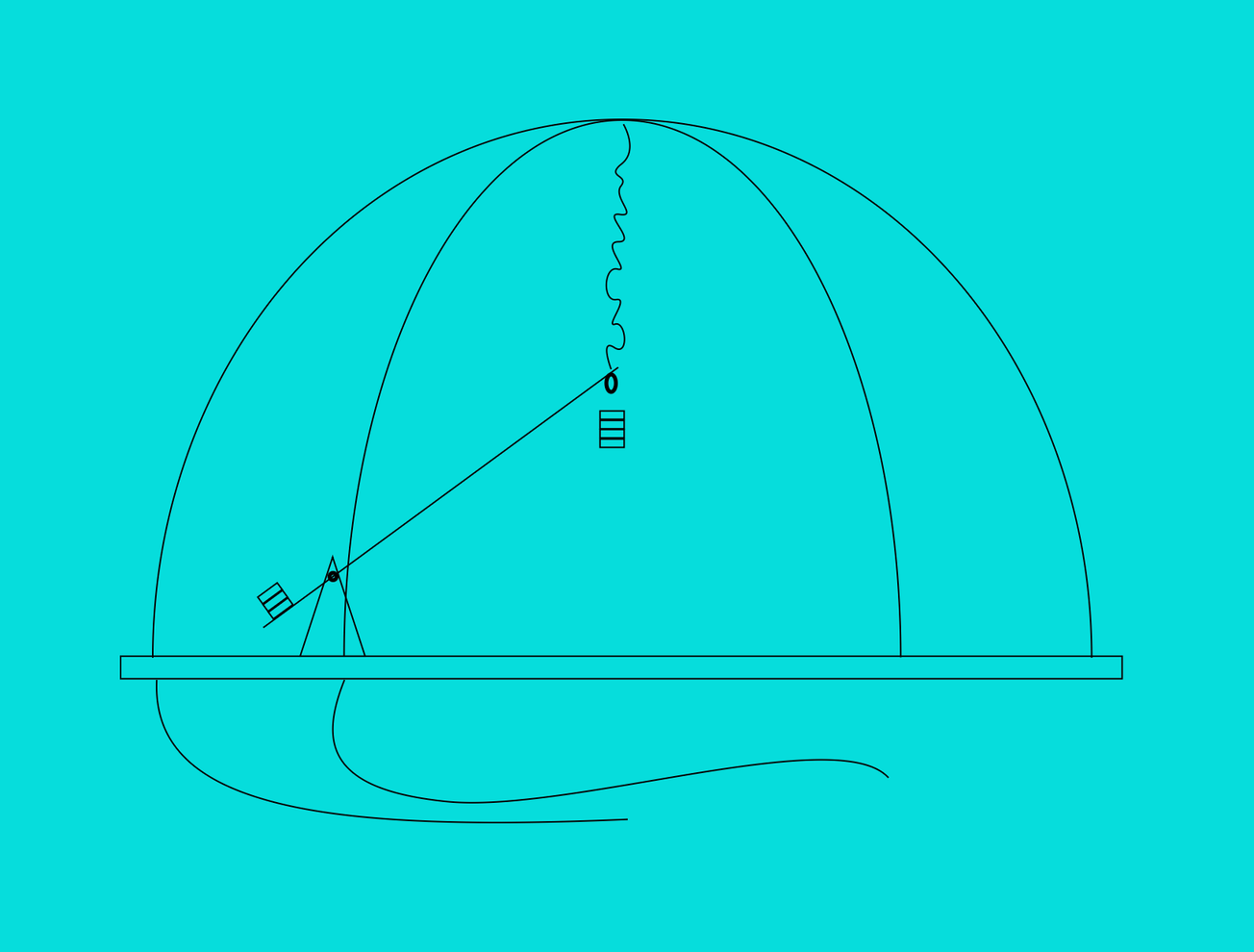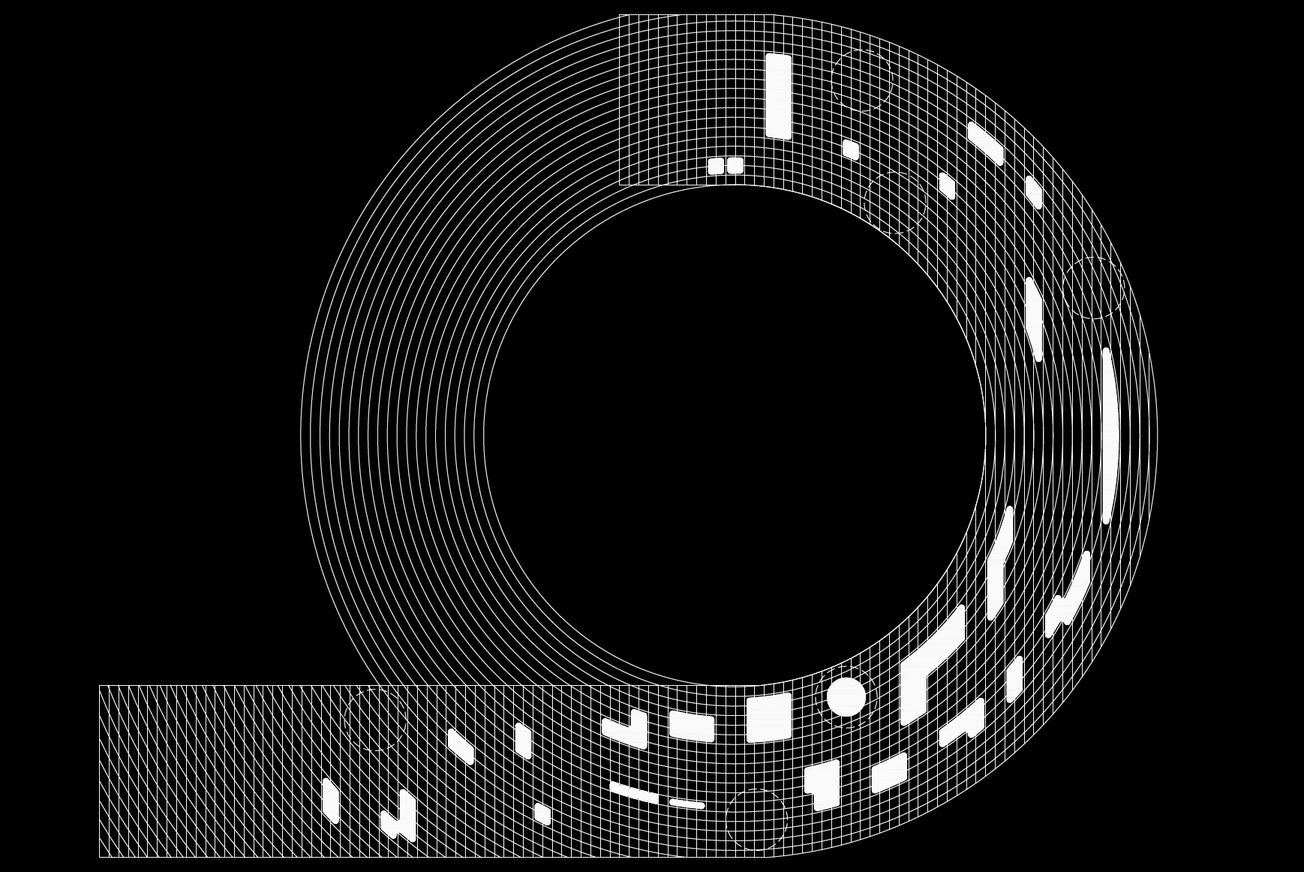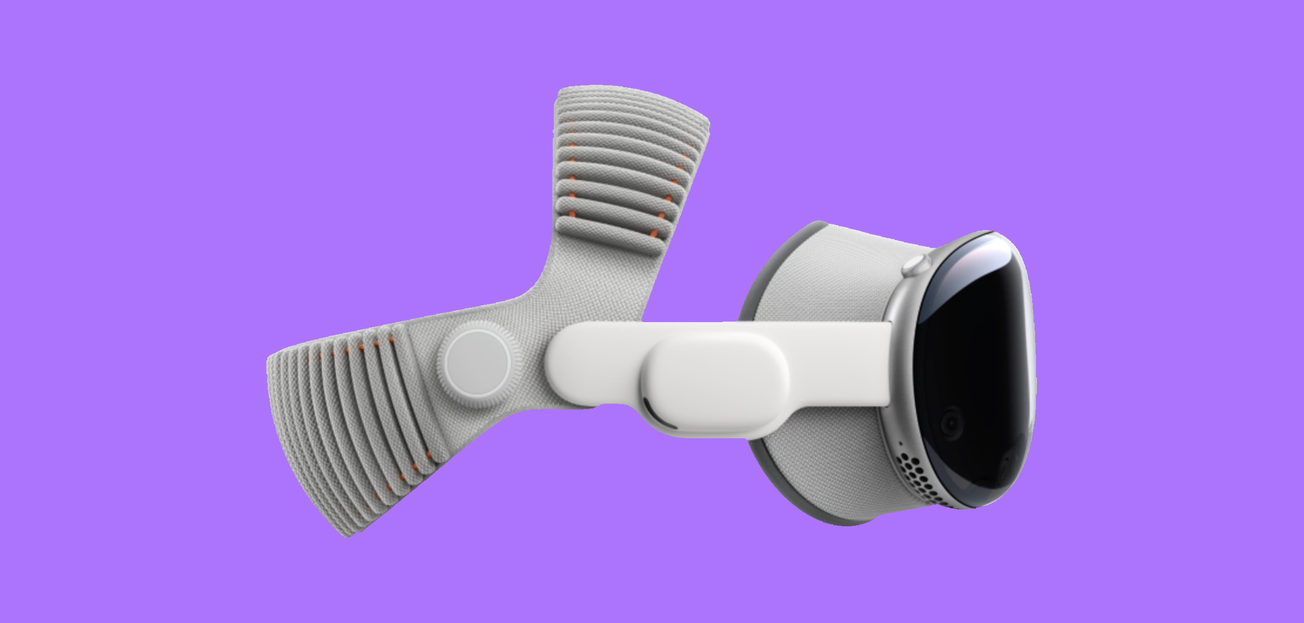For more than a decade, design studios have been reorienting their practices in response to increasingly complex, interconnected challenges. Once confined to post-it walls and CAD workstations, the studio is now mobile, embedded, and relational—trading abstraction for proximity. Increasingly, designers are operating not as isolated form-givers, but as embedded researchers, fieldworkers, and interlocutors. The result is a growing movement of ethnographic design experiments—methods that treat lived experience, local knowledge, and cultural specificity as essential to the design process. This isn’t just a shift in location. It’s a shift in epistemology. Ethnographic design offers something conventional workflows can’t: access to the complexities, contradictions, and insights that emerge only through sustained, situated engagement. As systems grow more entangled and problems more socio-political than purely functional, designers are adopting ethnographic tools—observation, participation, co-creation—not as add-ons, but as critical infrastructure.
These studios are showing how ethnographic fieldwork can lead to better questions, deeper engagement, and more grounded design outcomes.
From Observer to Witness: Forensic Architecture
At Goldsmiths, University of London, Forensic Architecture exemplifies the power of embedded research in design. The studio conducts spatial investigations into human rights violations using modeling, audio analysis, and witness testimony.
Their Saydnaya project involved reconstructing a Syrian torture prison using survivors’ acoustic memories—since detainees had been blindfolded, sound became the primary mode of recall. The result wasn’t a polished rendering, but an evidentiary model co-produced with those who experienced it.
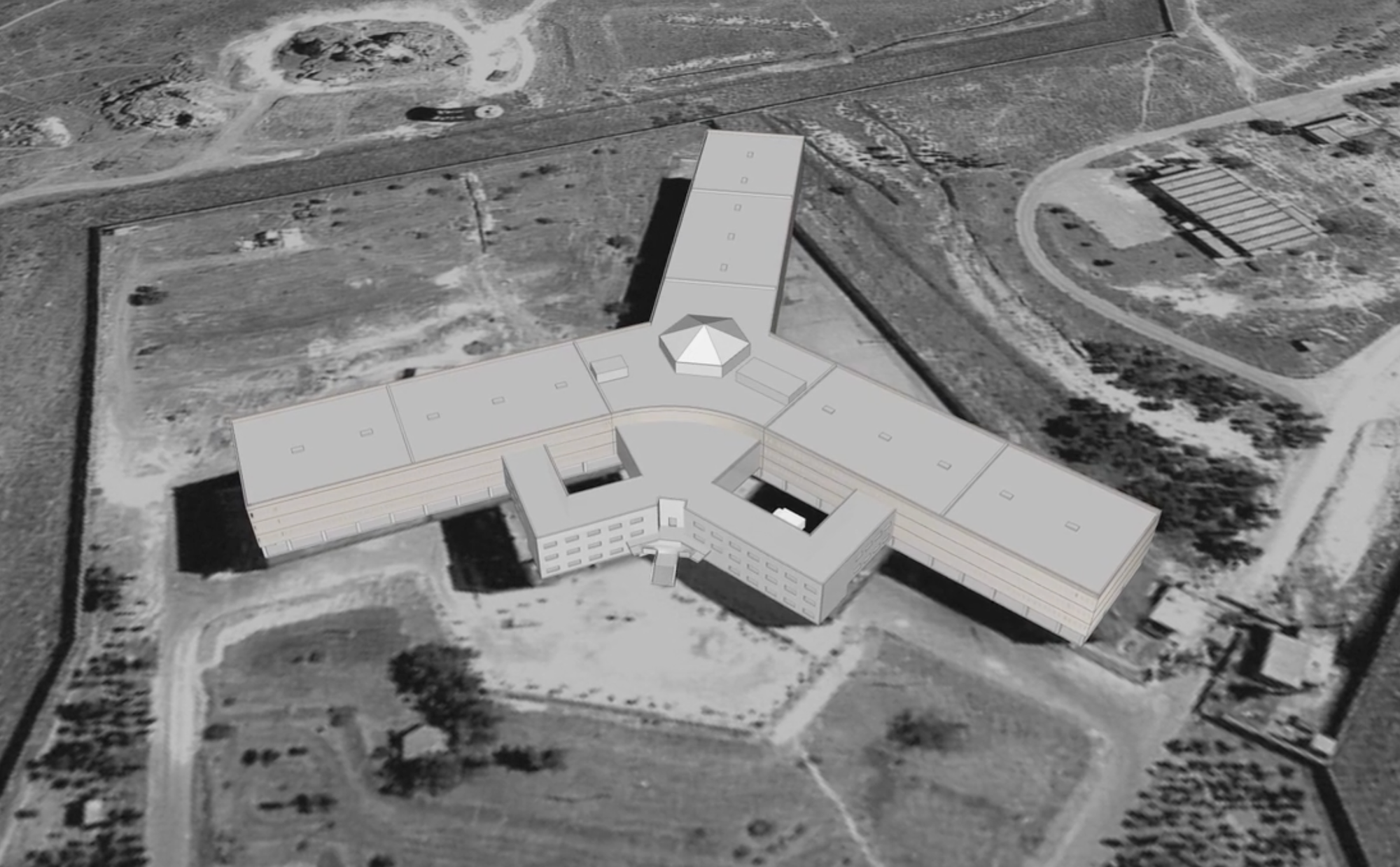
This kind of work reframes architectural modeling as a tool for justice, shifting the studio from a space of design to one of advocacy. It also reveals how field-based collaboration can produce forms of knowledge that legal or journalistic processes often overlook.
Participatory Infrastructure: Futurefarmers and Flatbread Society
Designers often speak of “context.” Futurefarmers take context literally. Their Flatbread Society project transformed an unused Oslo lot into a working grain field and communal bakehouse—co-created with farmers, historians, and local residents.
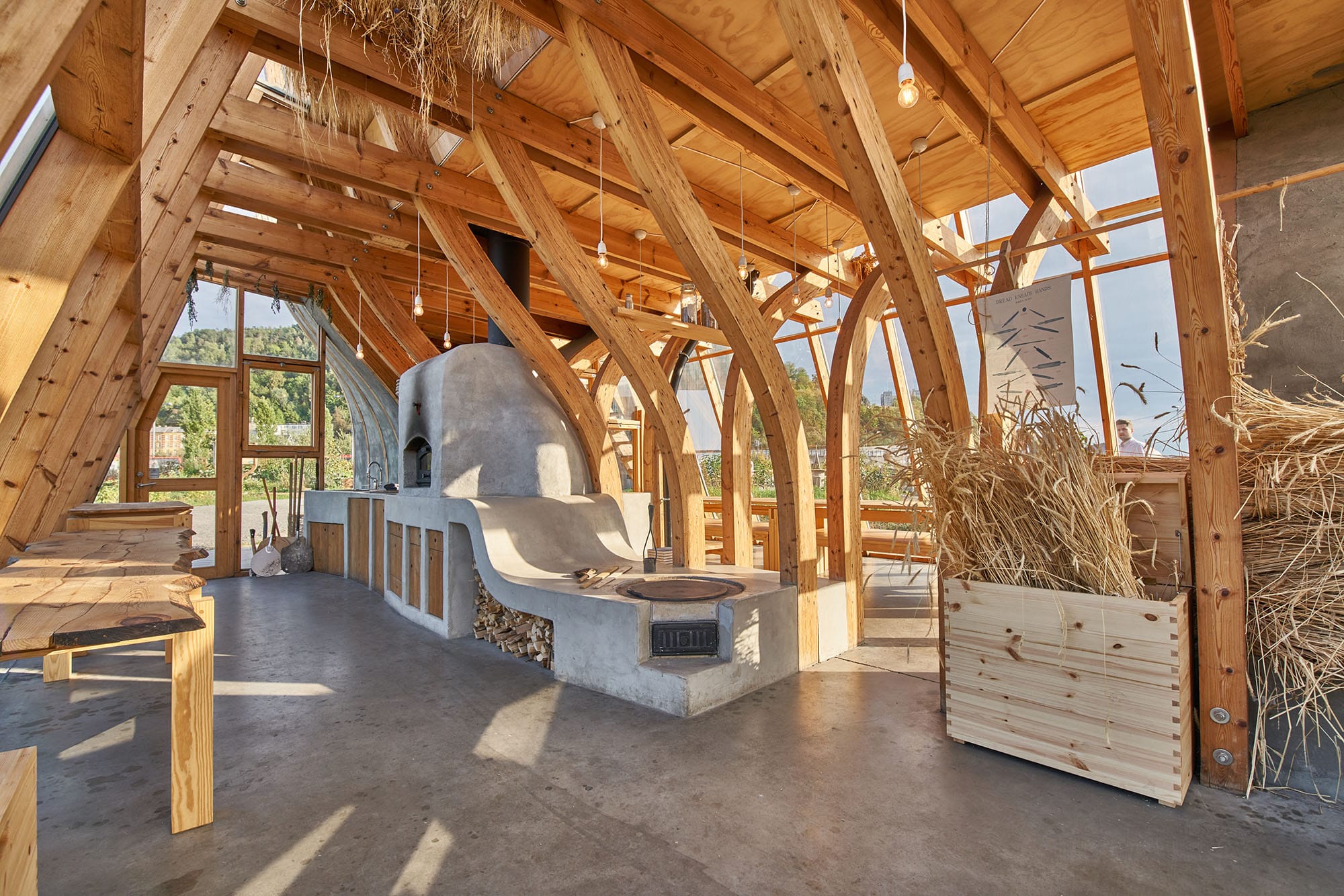
Through shared planting, baking, and storytelling, the studio used food rituals as a form of material research. But the true output wasn’t a structure or event. It was a social infrastructure—a way of learning from and with the field itself.
Their design practice becomes a form of slow, situated knowledge production—less about solving problems, more about cultivating collective rhythms. In this sense, ethnographic design becomes a way to inhabit rather than intervene.
Designing With, Not For: Matri-Archi(tecture)
Matri-Archi(tecture) builds from the ground up—literally and politically. This collective centers African feminist methodologies to co-create space with local communities in South Africa, Kenya, and beyond. Their 2024 Homeplace installation at Munich’s Pinakothek der Moderne reimagined spatial belonging through a 16‑meter beaded curtain and communal seating, creating an intimate gathering space within the museum’s rotunda.
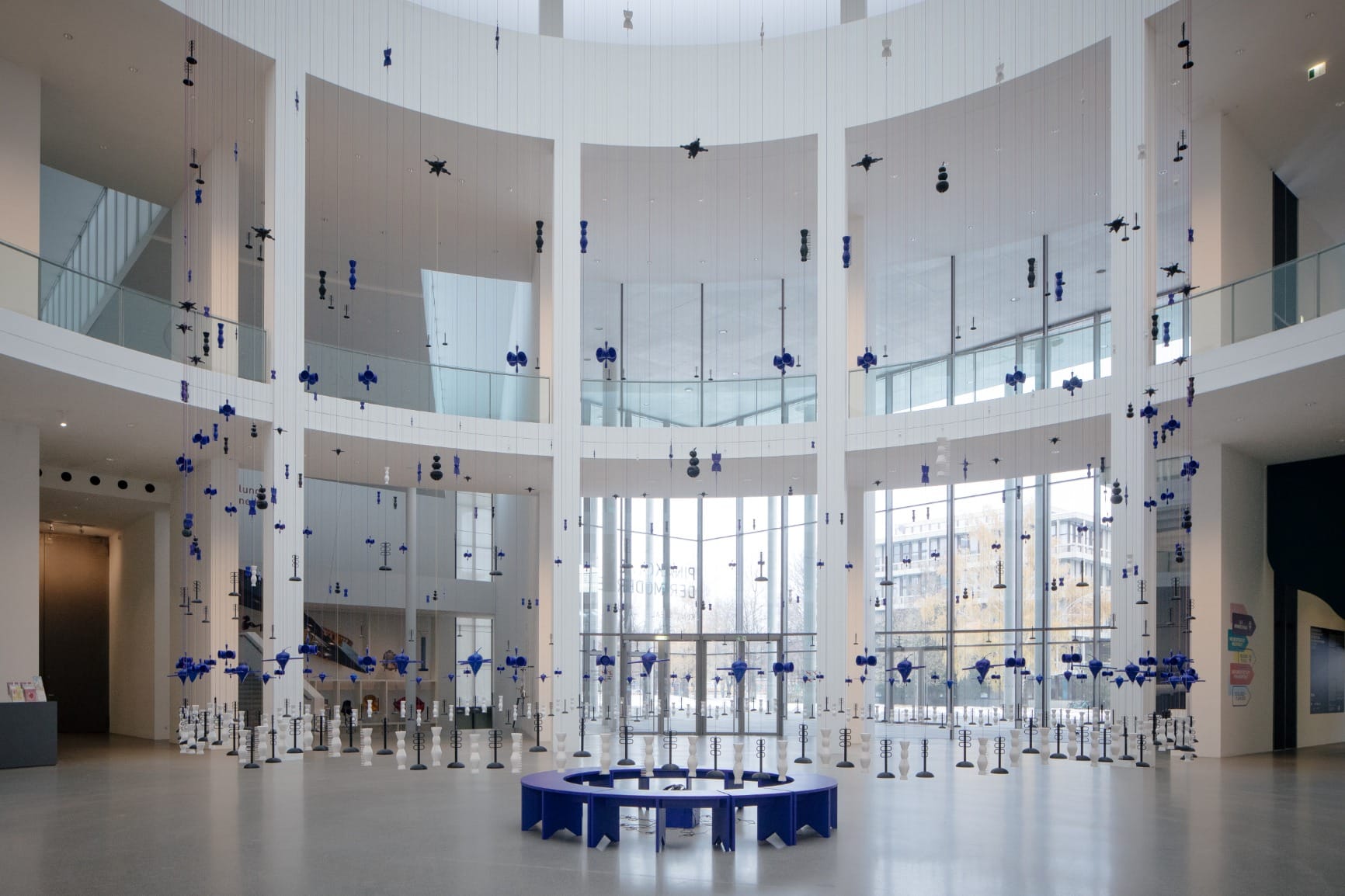
Field engagement with diasporic communities—through storytelling, bead sampling, and conversational mapping—informed the textures, scale, and rhythm of the installation. Contributions from Zulu beadwork traditions, diasporic narratives, and embodied material practices shaped everything from the curtain’s translucency to its placement in the rotunda. The resulting architecture wasn’t just an object, but a spatial testament to collective memory, resisting the alienating norms of white-cube exhibition spaces and foregrounding relational modes of dwelling. This is ethnographic design at work: material and social systems synthesized to reveal the politics of belonging.
Ecosystems as Clients: Cooking Sections and CLIMAVORE
Cooking Sections approach climate change through the stomach. Their long-term CLIMAVORE project rethinks food design around shifting ecological conditions, working with aquaculture communities and chefs to prototype menus adapted to environmental rhythms.
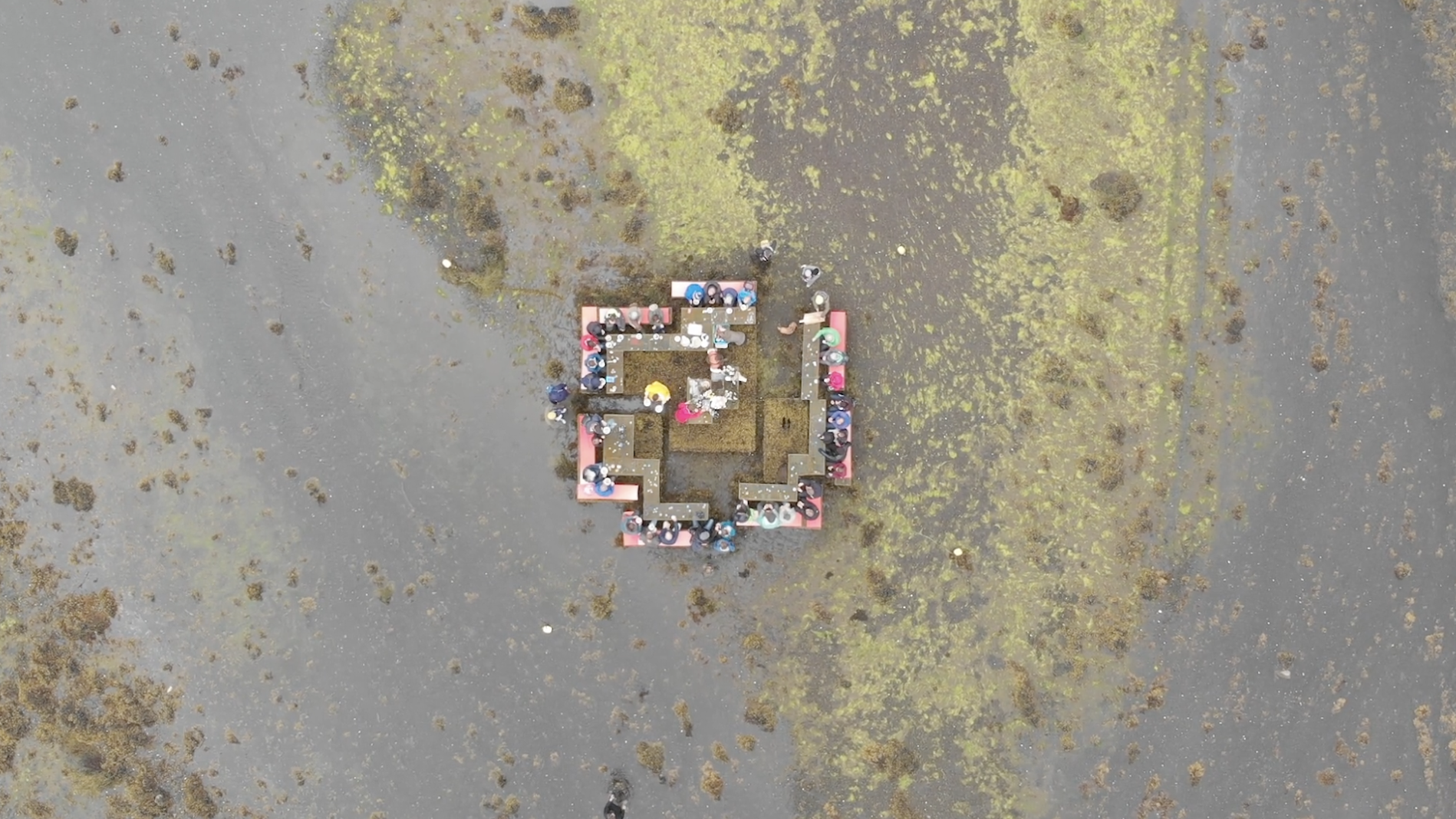
On Scotland’s Isle of Skye, they helped restaurants phase out ecologically damaging farmed salmon in favor of native, regenerative seafood like filter-feeding shellfish. Here, ethnographic practice meant not just interviews, but eating, farming, and adapting alongside local partners. CLIMAVORE positions food not only as a cultural system but as a climate interface—responsive, seasonal, and infrastructural. The design studio, in turn, functions more like an ecological observatory embedded in practice.
Mapping the Invisible: Design Earth
At first glance, the work of Design Earth may seem speculative, rendered in stylized cartographies and narrative vignettes. But beneath the surface, each project is driven by rigorous field-based research.
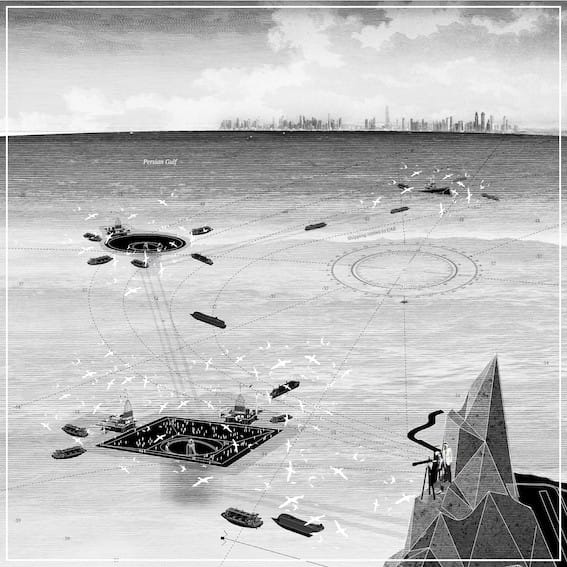
After Oil, exhibited at the Venice Architecture Biennale in 2021, imagines post-petroleum futures for Gulf economies. Its visual language is fictional, but its scaffolding is empirical: historical archives, policy documents, environmental data, and on-site investigations. This pairing of grounded data and speculative drawing allows Design Earth to surface the cultural logics embedded in infrastructure. Ethnographic design, in their hands, becomes a way to make the planetary personal—and politically legible.
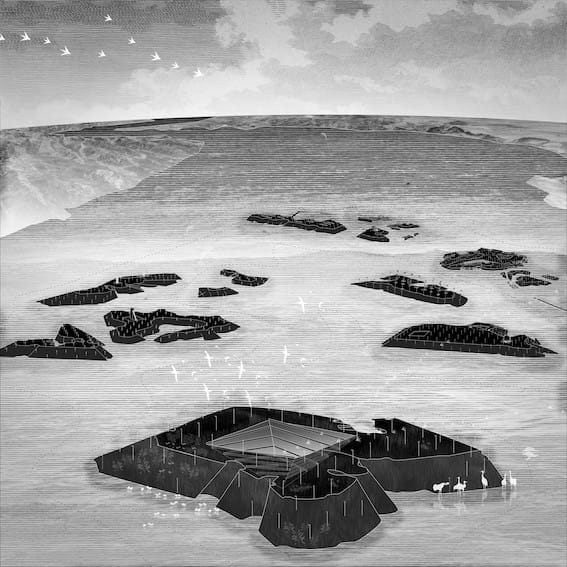
Translating Local Materials: Studio Ossidiana
At the 2021 Venice Architecture Biennale, Studio Ossidiana presented Variations on a Bird Cage—an installation exploring cohabitation between humans and birds in the Venetian context. The project involved direct observation of bird behaviors, interviews with local residents, and iterative material testing.
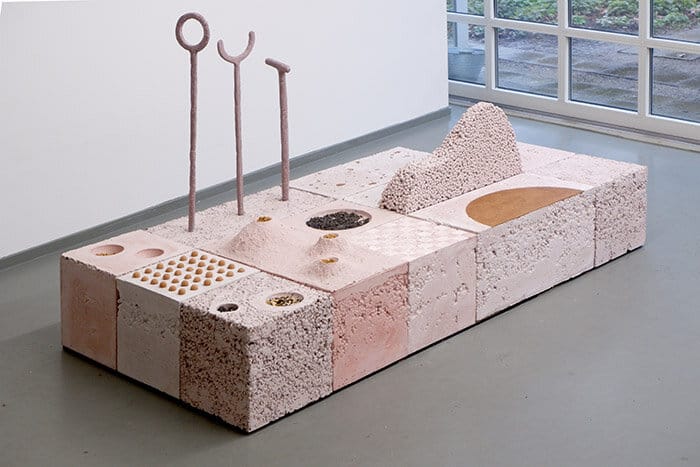
The installation featured modular components like water bowls, perches, and dovecotes that responded to the rhythms and preferences of local species. Through these elements, Studio Ossidiana designed a spatial system that adapted to both human and avian use. This is ethnographic design not in metaphor, but in method: grounded in site-specific research and guided by a sensitivity to nonhuman needs. The studio acted less like an author and more like a host, making space for shared occupancy.
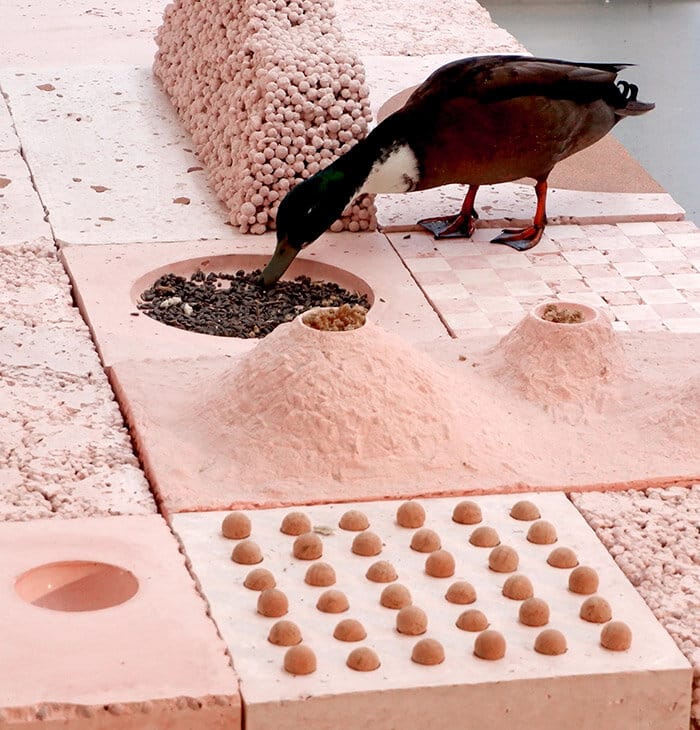
Supply Chains as Terrain: Unknown Fields Division
The Unknown Fields Division tracks the global infrastructure of consumer technology—not through data alone, but through expeditionary design. In Rare Earthenware, they followed rare earth minerals from Chinese waste lakes to Western supply chains, culminating in a single ceramic vessel made from radioactive mud.
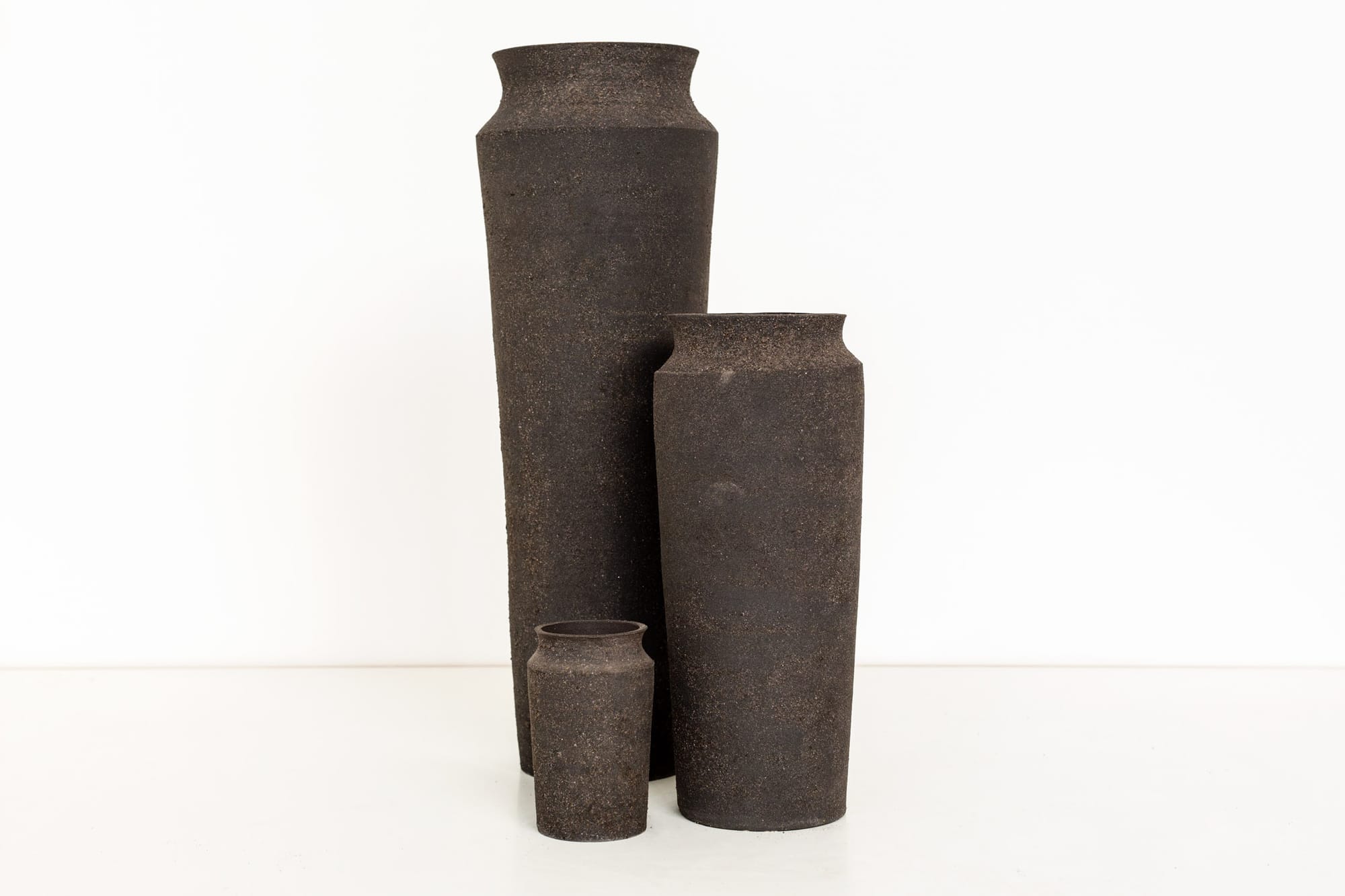
The project’s power lies in its proximity. Field visits, mining site interviews, and soil collection made visible the hidden costs of global design economies. The resulting artifact was less a product and more a provocation. Their method turns design into documentation—revealing the extractive geographies behind sleek interfaces and smart devices. It also affirms that the future of studio practice might be in the back of a truck, a cargo ship, or a mine.
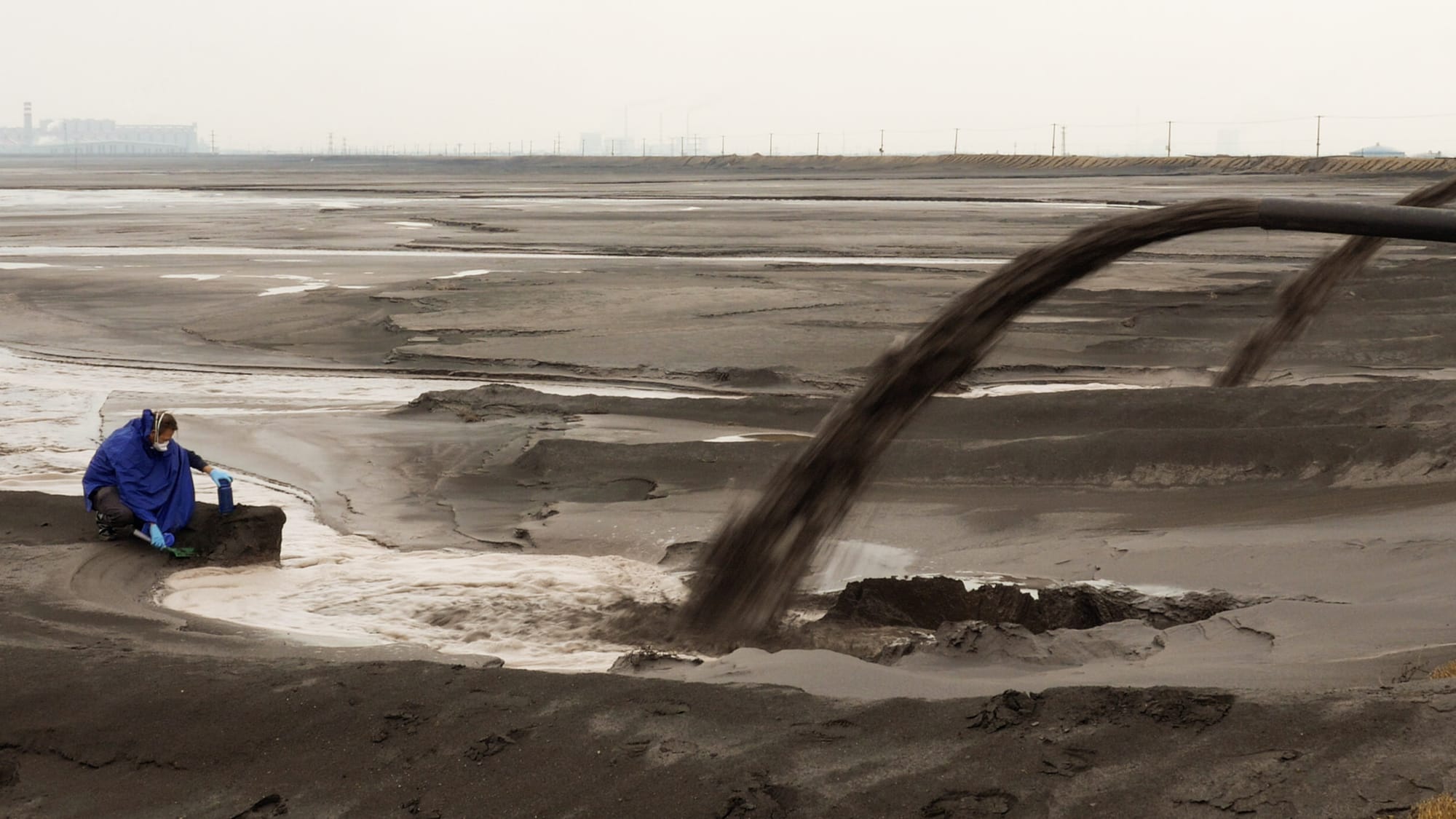
Why Ethnographic Design Matters
What ties these practices together isn’t a shared aesthetic or output—it’s a commitment to engagement as method. Ethnographic design doesn’t replace creative intuition. It deepens it. It creates designs that reflect lived complexity, build real partnerships, and ask more relevant questions.
Ethnographic methods make invisible dynamics visible—whether ecological, political, or cultural. They ensure that design doesn’t merely respond to a brief, but emerges from entangled realities on the ground. In a world where design problems are rarely isolated or purely technical, this shift matters. It makes the studio porous—responsive to systems, communities, and contexts that are too often abstracted out.
Ethnographic design isn’t just more ethical. It’s more effective. Because the best design doesn’t impose. It listens.

